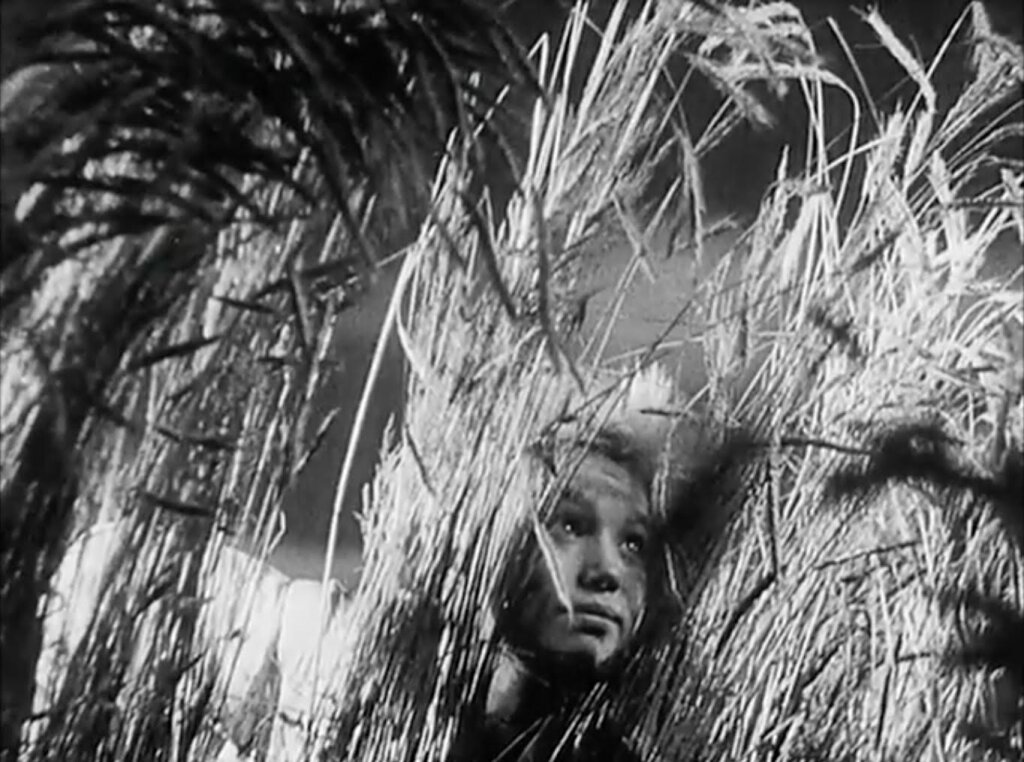On Sept. 18, 2015, the NYU Jordan Center for the Advanced Study of Russia welcomed Mark Konecny, Associate Director and Curator of the archives and library of the Institute of Modern Russian Culture, for the first installment of its Colloquium Series. During the event, titled “The Creation of a Market for Russian Art in America,” Konecny talked about his most recent endeavors: an exhibition of Russian artists who participated in the 1904 St. Louis World’s Fair and the establishment of a related digital humanities project.
At the beginning of his presentation, Konecny drew attention to the tongue-in-cheek subtitle of his talk — “Who is Madame K. and Why is She in a Hotel in Riverside, California?” — to explain the origins of his project. He revealed how former Consul General of Russia in San Francisco Vladimir Vinokurov had informed him of the existence of a collection of art at the Mission Inn in Riverside in California, featuring nine pieces from Russian painters whose works had been on display in St. Louis in 1904. Among those was Ilya Repin’s Portrait of Madam K. “It’s surprising that they would have first a Vereshagin and second a Repin! How did they get there?” he recalled thinking.
Konecny noted how Vinokurov expressed interest in collaborating at a time when “we aren’t able to have art exchanges.” The original idea for a Russo-American effort to set up a show of Russian art in America was born. “It’s absurd to only have Americans work on a show of Russian art,” Konecny said.
He then proceeded to provide the historical background behind the Russian participation at the 1904 World’s Fair in St. Louis and the events that lead some of the works to become part of the Mission Inn collection. According to Konecny, Russia decided to pull out of the fair for political and financial reasons just a few months before the event, having just embarked on a disastrous conflict with Japan. Edward Mikhailovich Grunwaldt, brother of the famous furrier Pavel Grunwaldt, decided he would take it upon himself to get the Russian art to St. Louis. Konecny pointed out that some misconceptions arose regarding the nature of the arrangement. Many people, he said, argued that because of Grunwaldt Russian art had been sold without honoring the wishes of the artists. But the original contract shows that it was expected that the paintings would be sold and that Grunwaldt would receive a 30 percent commission.
Grunwaldt did in fact fail to pay the artists for the art. Having neglected to file the proper paperwork to sell the art in the United States, he hired conman Col Henry Kowalsky as a lawyer. The man swindled him, becoming the legal owner of the paintings. Konecny explained how Oakland California Gallery owner Frank Havens was able to outmaneuver Kowalsky in court and obtain control of the artworks. When Havens died in 1917 the paintings were mostly sold or given away according to his will. This is how Repin’s Madam K. and other works landed in Riverside.
Konecny also discussed the importance of Madam K. from a stylistic point of view. “What’s different about Repin’s Madam K. is that this is a late piece. It was painted with his left hand because he had had a stroke, so it’s quite different from what one usually associates with Repin, because it’s very impressionistic,” he explained. “It actually doesn’t resemble a Repin, but Repin was very fond of it.” He also noted that Repin had sworn to never ever deal with the “horrible horrible people” of America upon learning from Grunwaldt that the art had been lost.
Focusing on the significance of the Russian participation to the World’s Fair, he said that the art did not fare particularly well in St. Louis and that it was characterized by a rather inauspicious beginning. In particular, Konecny referred to an incident regarding 13 pictures that were smeared with human excrement upon their arrival in St. Louis. He also defined the exhibition of Russian art in St. Louis as a “propaganda projection of what Russia was trying to do with the Russo-Japanese War.” For example, he described Nikolai Roerich’s studies of ancient Russia and the decorative pieces by imperial jeweler Alexei Denisoff-Uralsky as an effort to present Russia as a Western power, especially at a time of war. He explained that the choice of “non-conventional” artists (women, Jews, Siberians) among those whose works were on display could also be read in this context. “I think that that’s a great indication of where Russia saw itself in 1904,” he said.
In the final part of his presentation, Konecny discussed the importance and the struggles associated with his digital humanities project that seeks to bring together Russian and American researchers. “I don’t really think that you find a lot of good examples of digital projects on the web,” he said. In the Q&A session that followed he was able to expand on the interests of the Russian government in relation to Russian art abroad, the predominance of Siberian landscapes in many of the paintings exhibited in St. Louis and the familiarity of the American audience with Russian art at the time of the World’s Fair.



